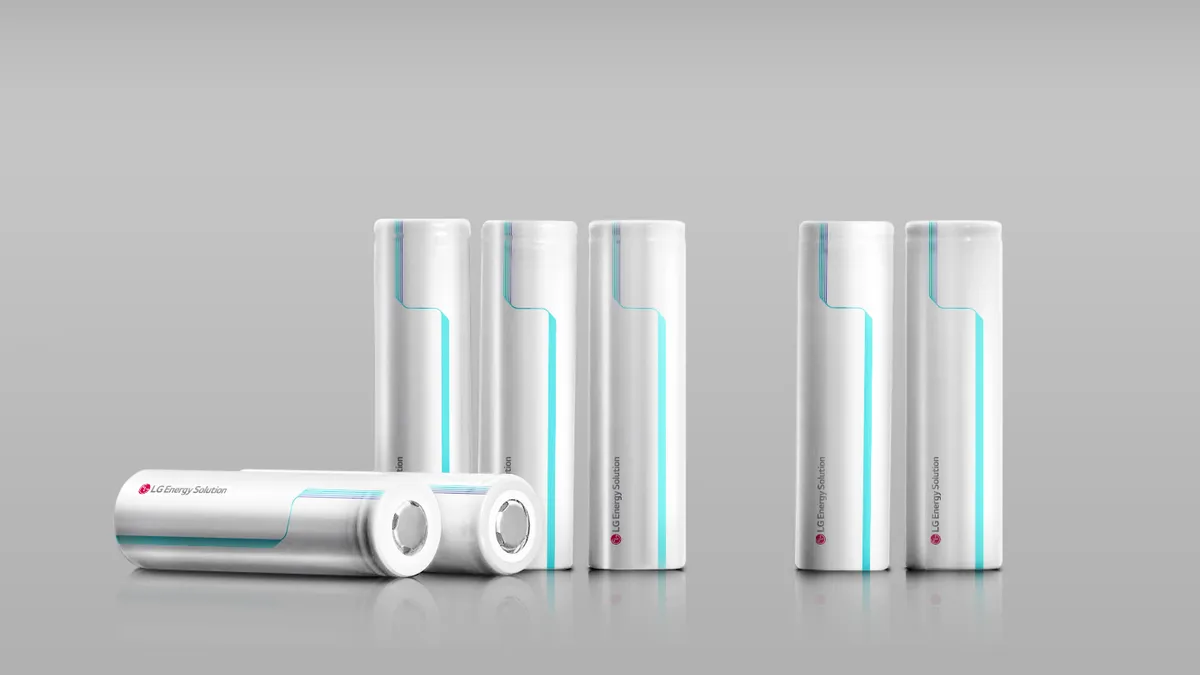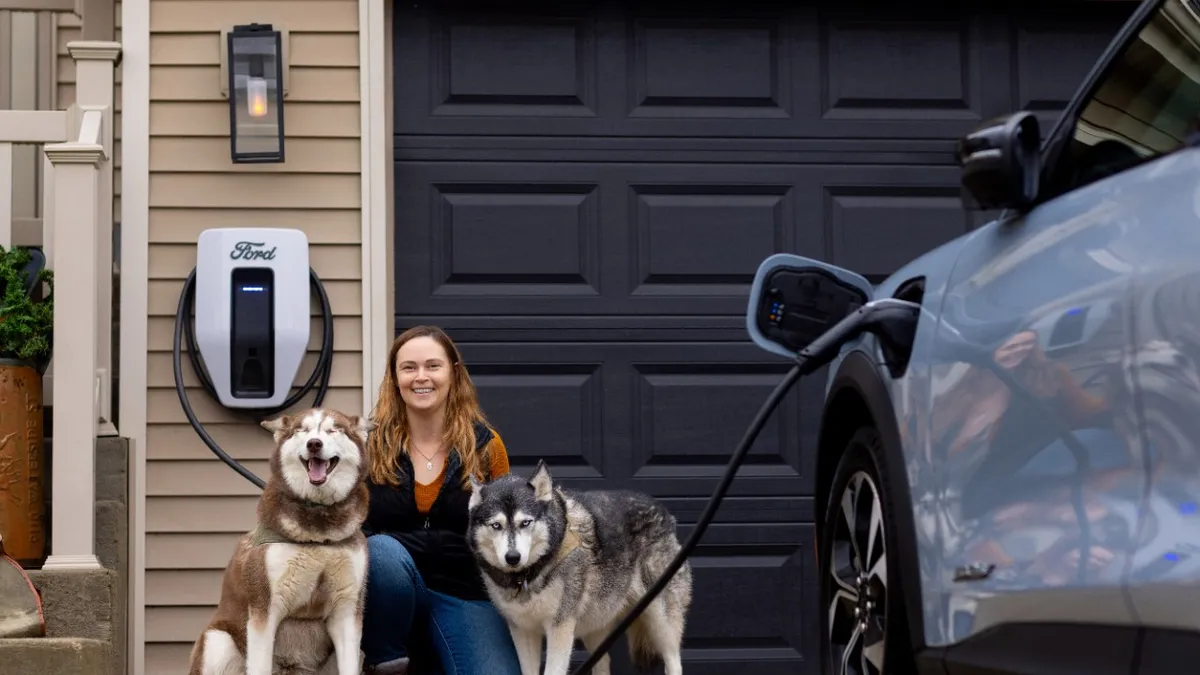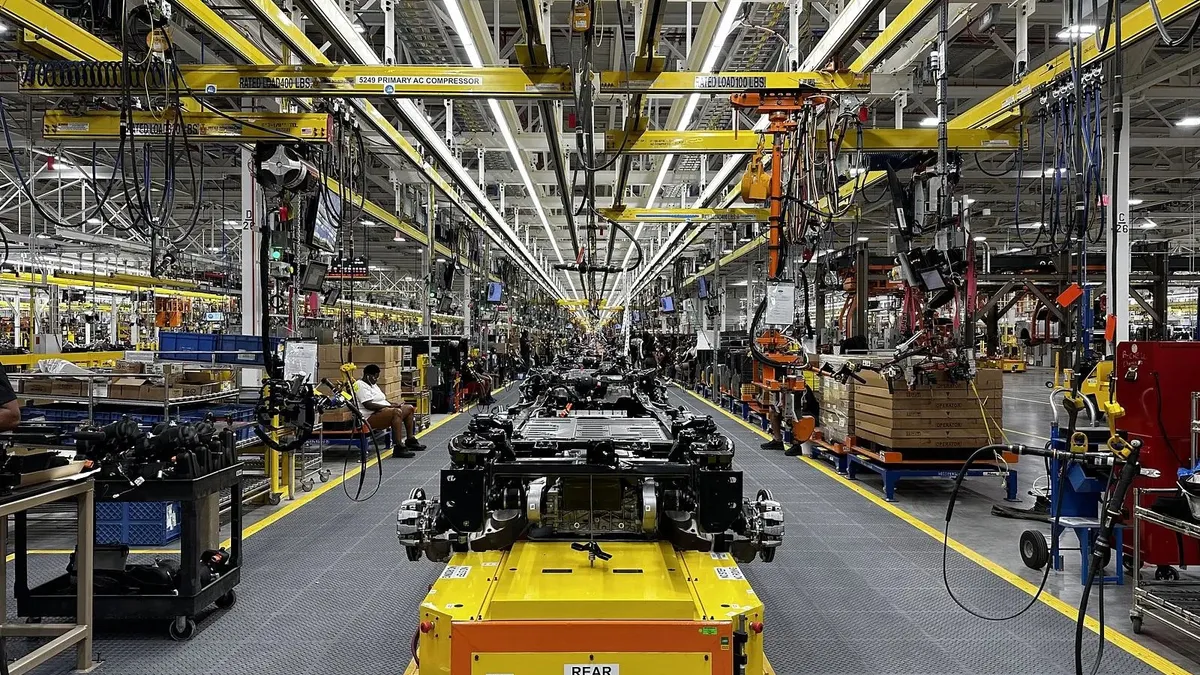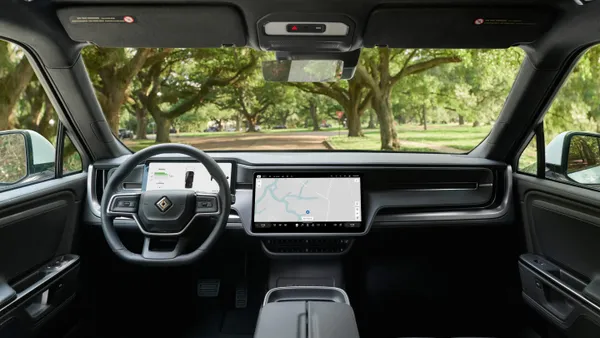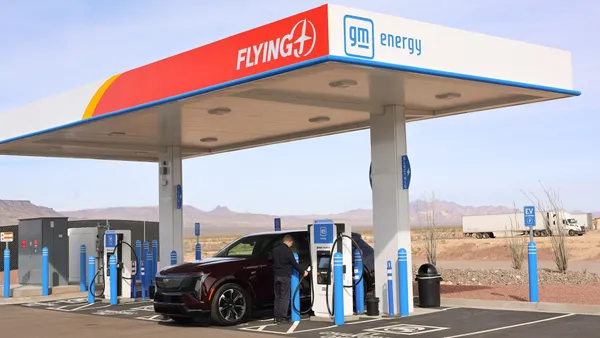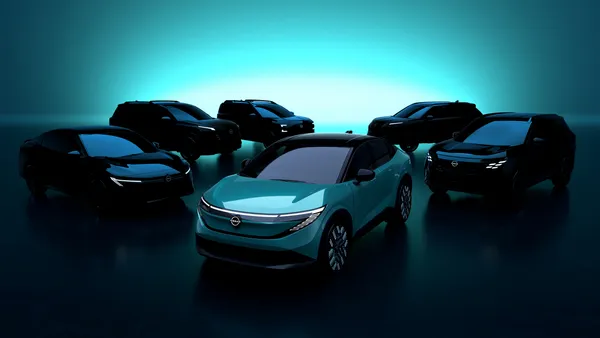Dive Brief:
- LG Energy Solution plans to make Arizona into a "production hub" for cylindrical battery production, even as the company struggles with stagnating demand.
- The battery maker, which announced plans for a $5.5 billion Arizona complex in March to produce cylindrical and lithium iron phosphate batteries, will now produce only cylindrical models. The pivot is in response to evolving and diversified market needs," CEO Young Soo Kwon said in a statement.
- Production at the site is still expected to begin at the Queen Creek complex in late 2025.
Dive Insight:
LG Energy Solution is pushing to match consumer interest as an increasing number of automakers express concern over falling EV demand, a trend that's also sparking anxiety in some battery manufacturers.
The South Korea-based battery maker's revenue fell 6% in Q3 compared to the previous quarter, the company announced in its earnings report Tuesday. The company blamed the dip on slowing EV demand in Europe despite solid demand in North America.
Year-over-year revenues painted a rosier picture, with LG Energy Solution's revenue up 7.5% compared to Q3 2022. The company posted approximately $540 million in net profit for the quarter, which included approximately $159 million in Inflation Reduction Act tax credits.
But with a forecasted slow fourth quarter thanks to stagnant demand in China and Europe and rising lithium and nickel prices, the battery maker said it's focused on product competitiveness and other market opportunities, including in the U.S.
The company committed to improving charging times and energy density in high-nickel nickel-cobalt-manganese-aluminum batteries. The batteries are the type that will be sent to Toyota as part of a recent supply deal between the two companies.
LG Energy Solution also said it will improve its cheaper battery offerings for the mid- to low-EV segment.
Competitor Samsung SDI fared better this past quarter — the company posted a 10.8% jump in YoY revenue in Q3 thanks to strong battery demand. Samsung SDI is pinning much of its mid- to long-term revenue growth on plans underway for U.S. battery factories with both Stellantis and GM.



